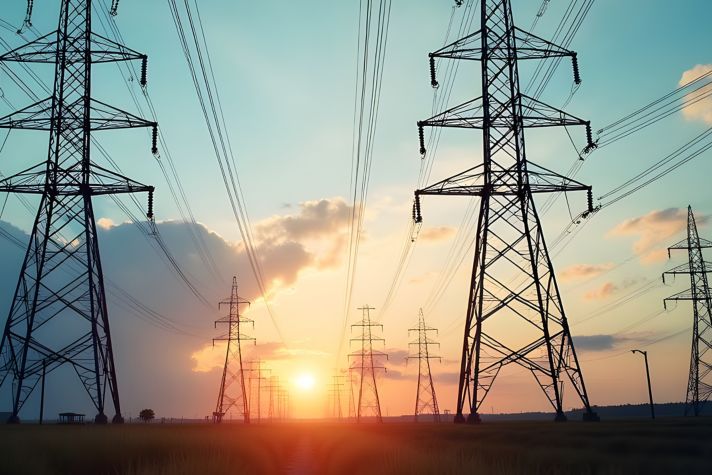-
Global
-
Africa
-
Asia Pacific
-
Europe
-
Latin America
-
Middle East
-
North America
- |
- BUSINESSES
- |
- Contact
- |
-
Global
-
Africa
-
Asia Pacific
-
Europe
-
Latin America
-
Middle East
-
North America
- |
- BUSINESSES
- |
- Contact
- |
You are browsing the product catalog for
You are viewing the overview and resources for
- News
- How Duke Energy Plans to Reduce Its Use of Fossil Fuels
How Duke Energy Plans to Reduce Its Use of Fossil Fuels
Duke Energy will test a new battery technology that can store and discharge electricity by using renewable sources like solar and wind.
Duke Energy is working to reduce its carbon emissions by 50% compared to 2005 levels by 2030. And by 2050, the utilities company hopes to achieve net-zero carbon emissions.
Here’s one way it plans to help reach its goals – by testing a new solution for energy storage to lower costs and reduce carbon emissions.
What: Duke Energy will test a new flow battery technology at one of its facilities as a sustainable solution for long-duration energy storage: a fast-growing market that’s estimated to reach $13.7 billion by 2030.
How it works: Developed by Honeywell, the new flow battery technology is a sustainable solution to storing energy. Made with recyclable components, the battery works with renewable generation sources and can store and discharge electricity for up to 12 hours – exceeding the duration of lithium-ion batteries, which can only discharge up to 4 hours.
The impact: If implemented at scale, the new battery technology will help Duke Energy reduce its use of fossil-fuel power plants by using solar and wind.
When: Duke Energy in 2022 plans to begin testing a 400-kilowatt-hour (kWh) flow battery unit in its Emerging Technology and Innovation Center in Mount Holly, North Carolina.
Learn more: Read about making your business more sustainable and more innovations that are helping to protect the planet.
Copyright © 2026 Honeywell International Inc.




